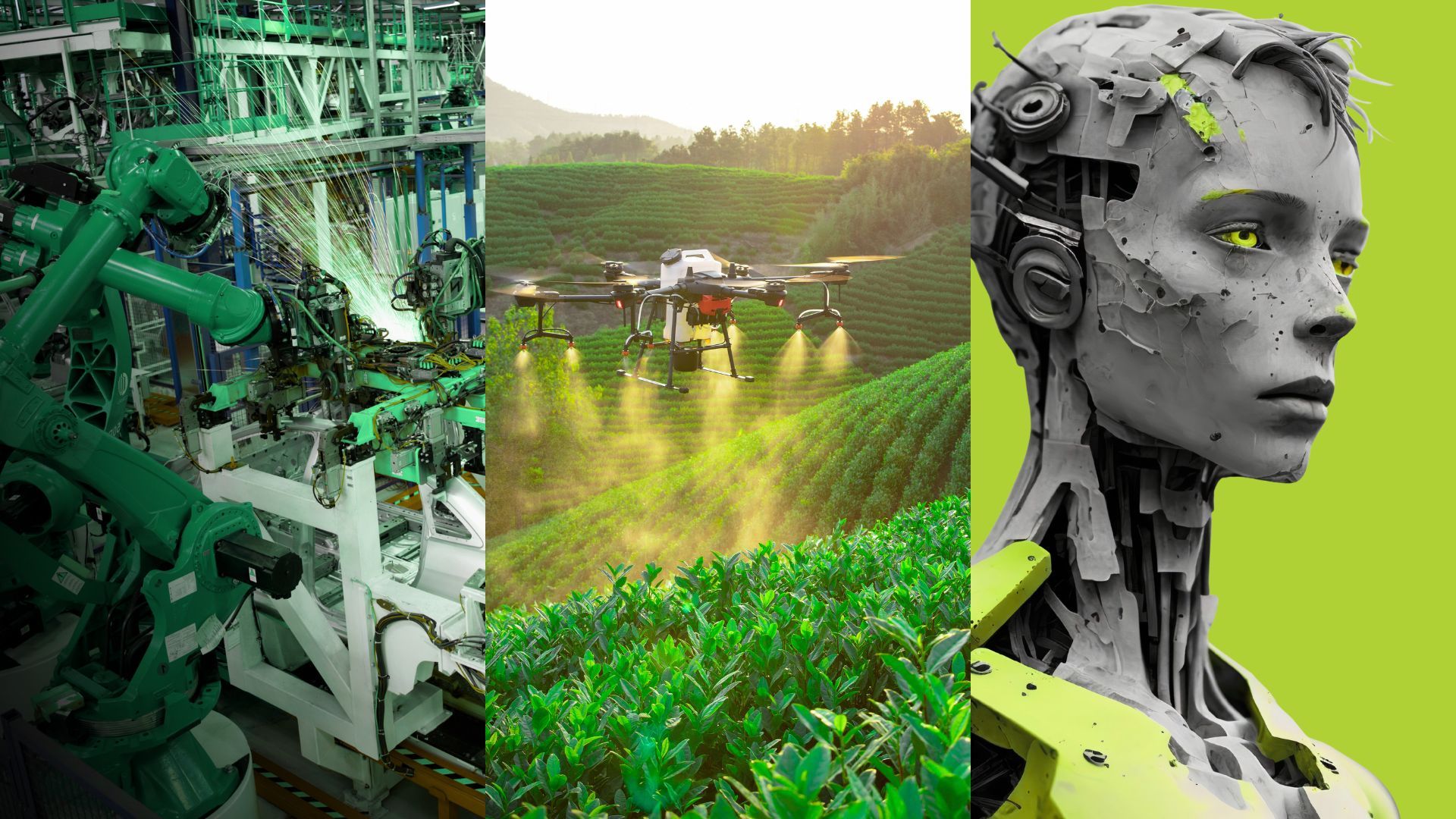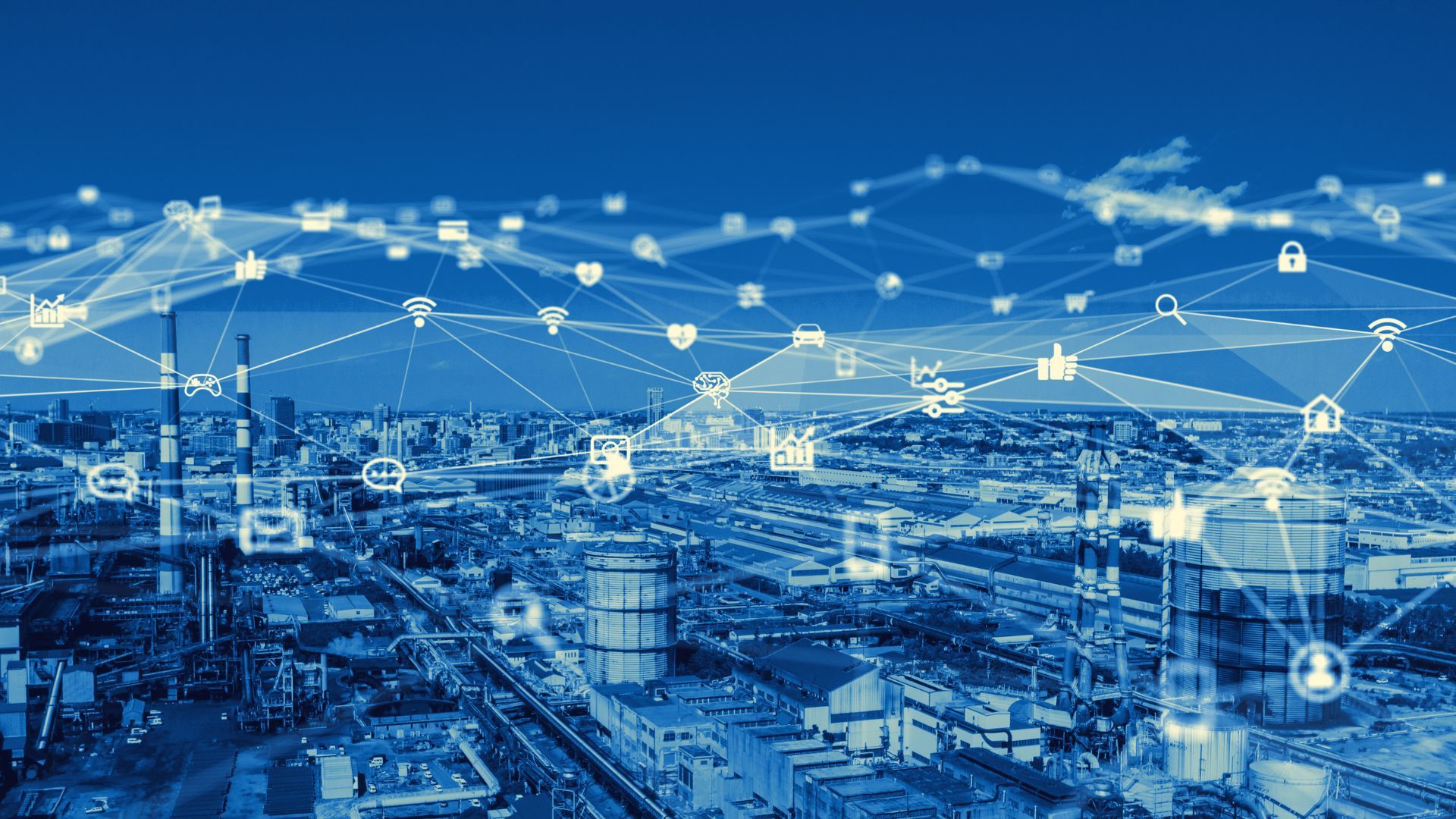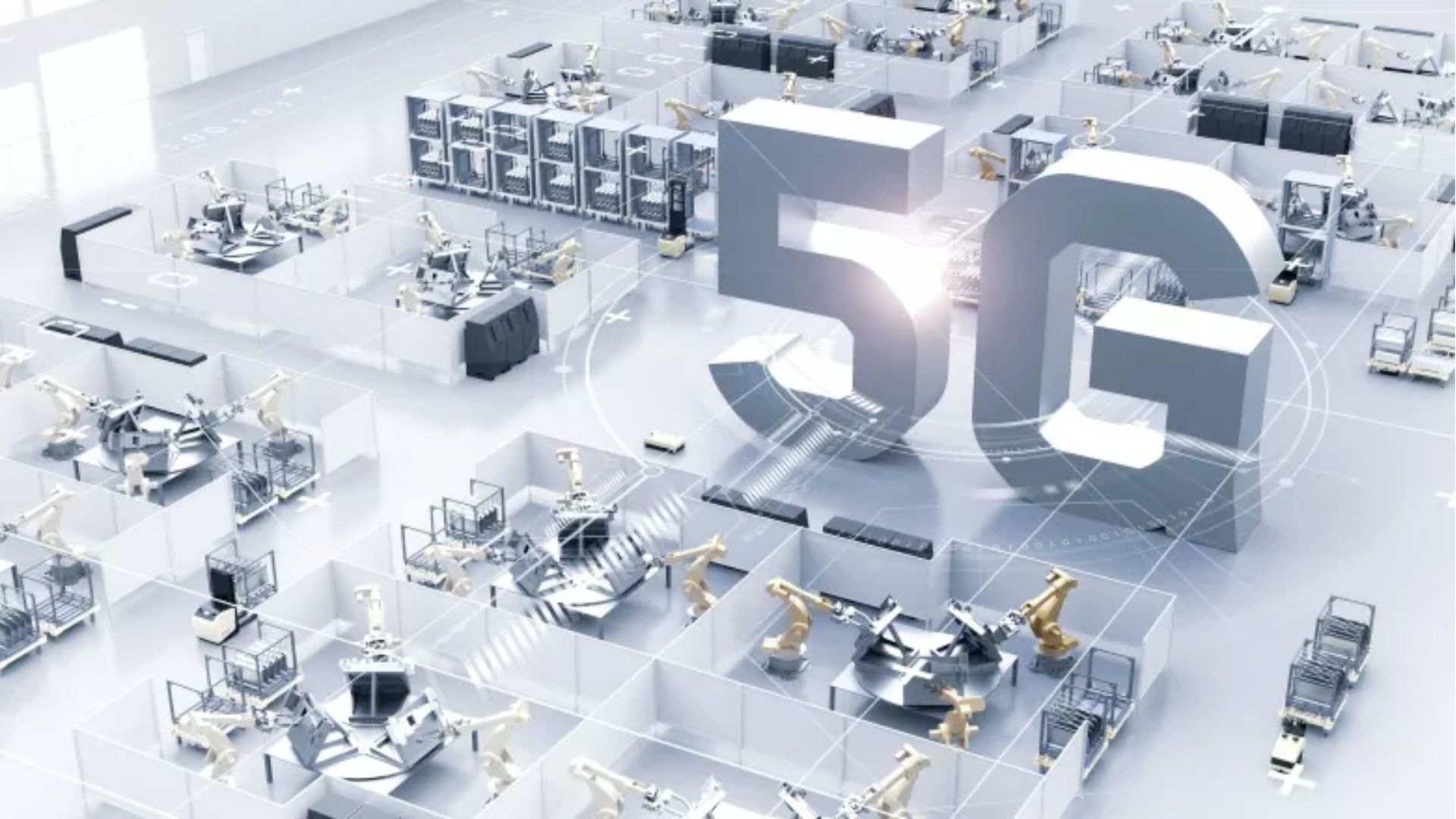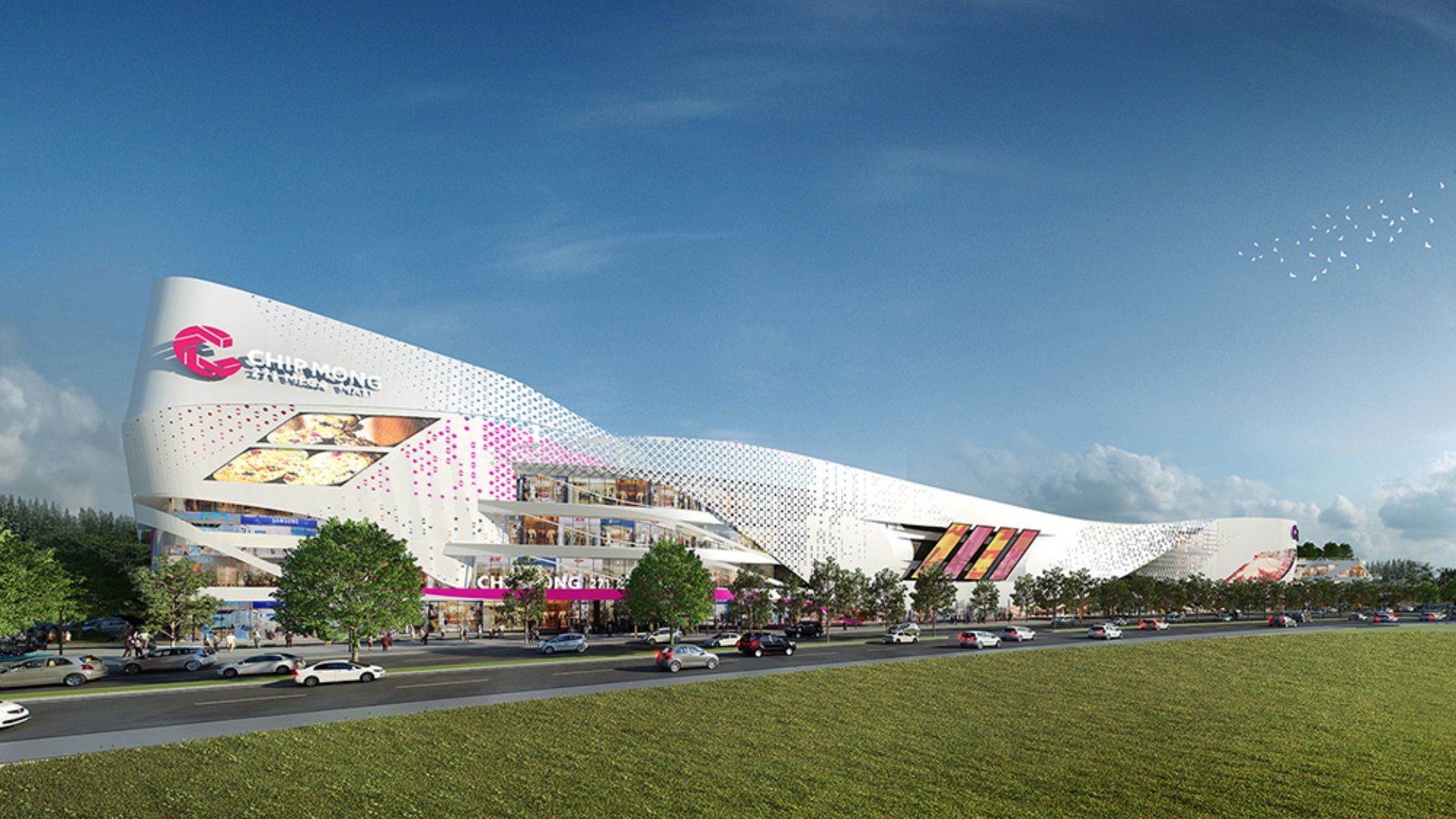
How 5G is Elevating Industries & How EDOTCO is Enabling It
We’re no longer just talking about 5G. We’re living in it.
Across Asia and beyond, 5G networks are moving from pilot zones into production environments, transforming how industries operate and how people experience digital life. But the power of 5G doesn’t lie in devices or speed alone. It lies in the infrastructure that supports it; the towers, in-building systems, energy solutions, and edge-ready sites that make the invisible network work.

What Makes 5G So Different?
5G isn’t just another step up from 4G. It’s a full-scale shift in how connectivity works. With speeds of up to 10 Gbps and latency as low as 1 millisecond, it’s built to handle tasks that older networks couldn’t keep up with. This isn’t just about faster downloads; it’s about enabling real-time responsiveness for things like remote surgeries, autonomous vehicles, and next-gen industrial systems.
Beyond speed and latency, 5G supports incredibly high device density, up to a million devices per square kilometer. That means entire factories, cities, and transport systems can stay connected without slowing each other down. With network slicing, service providers can create tailored connections for different needs, whether it's ultra-reliable low-latency for mission-critical operations or high-bandwidth streaming for immersive experiences.
To make all this happen, the infrastructure behind 5G needs to evolve. It must be smarter, more energy-efficient, and flexible enough to handle complex demands at a scale. This isn’t a minor upgrade. It’s a rethinking of how we design, build, and manage connectivity from the ground up.
5G in Action: Real Transformation, Industry by Industry
Manufacturing: Industry 4.0 Goes Mainstream

5G’s ultra-low latency is a game changer on the factory floor. It allows robots to react in real time, enables predictive maintenance systems to catch issues before they become failures, and powers digital twins that replicate live operations with incredible accuracy. In high-stakes environments like manufacturing and heavy industry, connected sensors and AI work together to detect subtle anomalies, sometimes hours before a machine breaks down.
This kind of intelligence is already in motion. Smart factories are no longer just ideas on a whiteboard; they're being built and operated today. But there’s a catch: they only work as intended where 5G is strong, stable, and fully integrated into the production ecosystem.
Healthcare: Critical Connections, Real-Time Decisions
In healthcare, every second count, 5G delivers the reliability and speed that critical care demands. From telemedicine consultations to connected ambulances, technology enables seamless communication when it matters most. Wearable devices can stream real-time biometric data to physicians, while emergency teams send live vitals straight from the field to hospital dashboards. Even robotic surgeries across long distances are now possible, thanks to near zero latency.
What we're seeing is the rise of a more decentralised, data-driven healthcare system. Patients aren’t limited to physical hospital visits; care can now extend into homes, rural clinics, and mobile units without compromising quality or response time. But to make this shift work, strong network availability is essential and not just on city streets or in major hospitals, but inside every clinic, ward, and household.
Transportation and Logistics: Real-Time on the Move
Autonomous vehicles, smart ports, drone fleets, and live cargo tracking all share one thing in common; they rely on seamless connectivity in constantly moving, high-pressure environments. Traditional networks struggle to keep up with this level of complexity and mobility. That’s where 5G comes in.
Across key logistics hubs, 5G is powering smarter, faster, and more transparent operations. It allows systems to react in real time, track shipments with precision, and communicate securely across every link in the supply chain.
Retail: Experience Over Transaction

Retailers are using 5G to reinvent the in-store experience. Augmented reality helps customers visualise products, real-time inventory tracking keeps shelves accurate, and dynamic pricing adjusts on the fly. Paired with edge computing, location data, and AI, 5G turns foot traffic into instant insights and makes checkouts nearly invisible with frictionless payment systems.
This kind of transformation isn’t just for e-commerce anymore. Even physical storefronts need to be connected to stay relevant. In a market where speed, convenience, and personalisation matter more than ever, 5G is becoming the backbone of modern retail, blurring the line between digital and physical shopping.
Agriculture: Data-Driven Farming
5G is pushing smart connectivity beyond cities and into rural landscapes, opening new possibilities for agriculture. Drones monitor crop health from above, IoT sensors track soil conditions, temperature, and moisture levels in real time, and autonomous tractors adjust their movements based on cloud-driven algorithms. These technologies work together to optimise yields, reduce waste, and make farming more efficient.
This shift toward precision agriculture isn’t just about boosting productivity; it’s about ensuring food security in regions where climate conditions are becoming harder to predict. With 5G as the backbone, farmers can make faster, smarter decisions that help protect both their livelihoods and the global food supply.
The Catch: 5G Needs a Denser, Smarter Infrastructure
5G isn’t just faster; it demands a whole new kind of infrastructure. Unlike previous networks, 5G needs far more towers placed closer together to deliver reliable, high-speed coverage. That means expanding into dense urban areas, rural landscapes, transportation corridors, and even high-rise rooftops. In-building connectivity also becomes essential to ensure seamless signal strength in malls, hospitals, offices, and factories.
Coverage alone isn’t enough. 5G infrastructure must run with real-time reliability, backed by smart energy systems, remote asset monitoring, and sustainable designs built for long-term use. This shift requires smarter planning, greener power, and a more collaborative approach to network rollout.
EDOTCO’s Role: Building the Backbone of 5G
With over 47,000 towers across eight countries, EDOTCO is Southeast Asia and South Asia’s largest regional tower company, and a key enabler of the 5G ecosystem. We focus on shared, sustainable, and intelligent infrastructure that helps mobile operators deploy faster, more cost-effectively, and with lower environmental impact.
Precision Tower Deployment
5G needs more sites, and the right sites. Using AI models, geospatial analytics, and infrastructure sharing, we help operators target coverage gaps and high-demand areas with future-ready rollouts.
**Indoor and In-Building Connectivity **
5G’s higher frequencies struggle indoors. Our DAS and IBS solutions extend coverage deep inside commercial buildings, hotels, hospitals, and offices, making them essential, not optional.
**Green Energy and Smart Power **
EDOTCO towers are increasingly powered by hybrid solar systems, smart batteries, and intelligent energy monitoring, cutting emissions, reducing costs, and improving uptime in both remote and urban areas.
**Neutral Host Infrastructure **
Our multi-tenant, neutral-host model reduces redundancy, speeds up deployment, and supports more equitable access to digital services. It’s good for operators, governments, and communities alike.
Case Study: Enhancing Indoor 5G in Cambodia’s Retail Heart

One of the clearest examples of how EDOTCO supports 5G enablement is in a major shopping mall, Chip Mong Mega Mall 271 in Phnom Penh, Cambodia; a high-traffic destination for thousands of shoppers, tourists, and digital-native consumers every day.
Here, EDOTCO deployed an advanced In-Building Solution (IBS) that enables seamless, high-speed mobile connectivity across all levels, from basement parking lots to rooftop food courts. This IBS setup supports multiple mobile operators on a shared infrastructure model, making it cost-efficient and future-proof.
The result?
Shoppers experience uninterrupted browsing and mobile payments, retailers get more footfall insights and operational reliability, and mobile operators enjoy better user satisfaction, all within a single connected ecosystem. As Cambodia accelerates its 5G rollout nationwide, EDOTCO’s model in the mall is being replicated in other key commercial and public venues, proving that indoor connectivity isn’t optional. It’s foundational.
At EDOTCO, we’re building ahead, powering the networks that will power economies, societies, and future generations.
##END##
Written by
EDOTCO Editorial
Related Posts

- Laman EDOTCO
- Block D, Dataran PHB
- Saujana Resort, Section U2
- 40150 Shah Alam, Selangor, Malaysia
- Tel: +6 03 2779 2699
- Hotline (WhatsApp): +6 019 372 1840
- Hotline (Office): +6 03 7890 5850
- Email: oc@edotcogroup.com
![]()
EDOTCO Group Sdn Bhd
(1022843-U)
For any towers or tenancy-related queries
related query, kindly contact:
© 2025 EDOTCO Group Sdn Bhd (1022843-U). ALL RIGHTS RESERVED.

